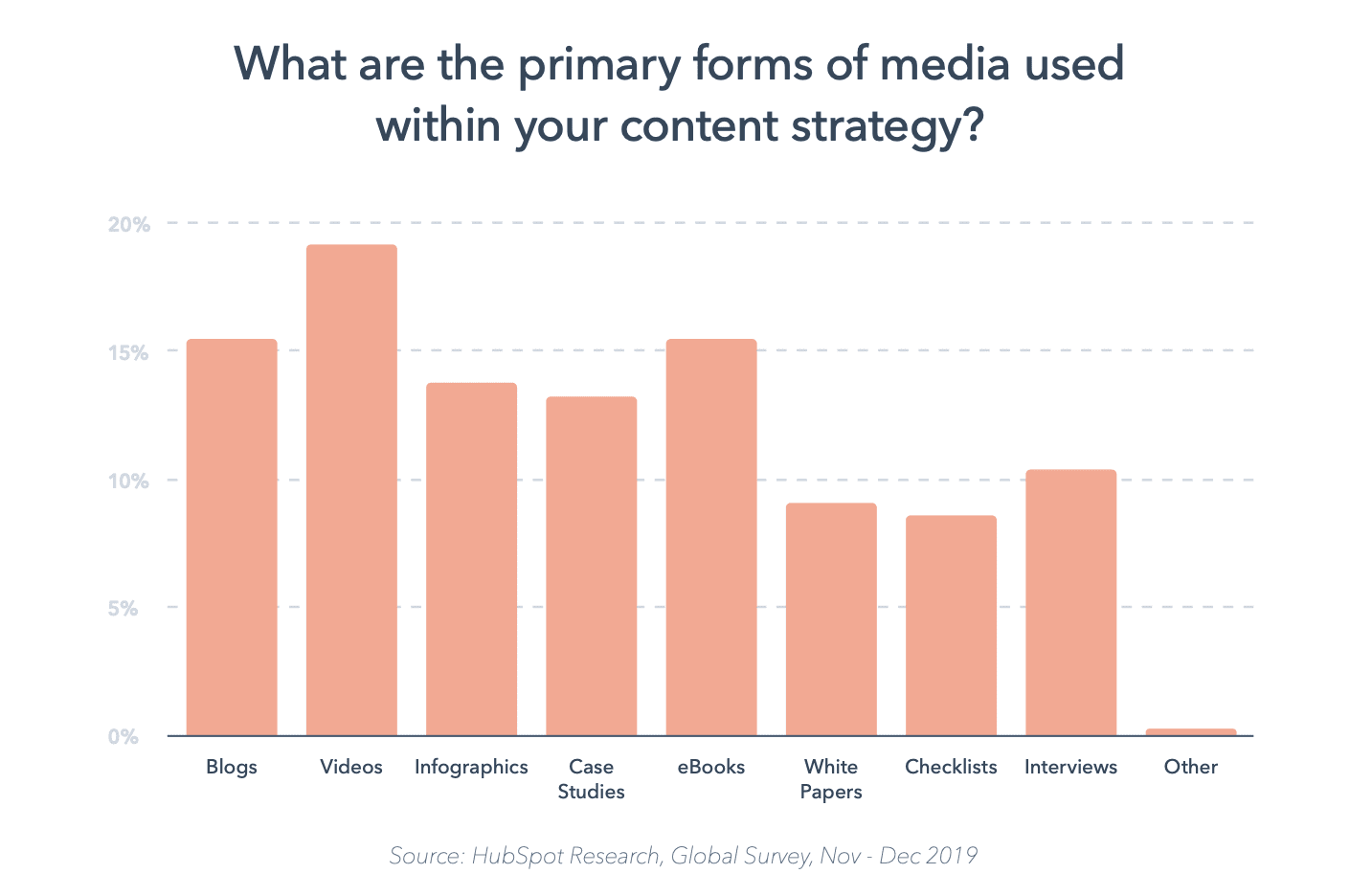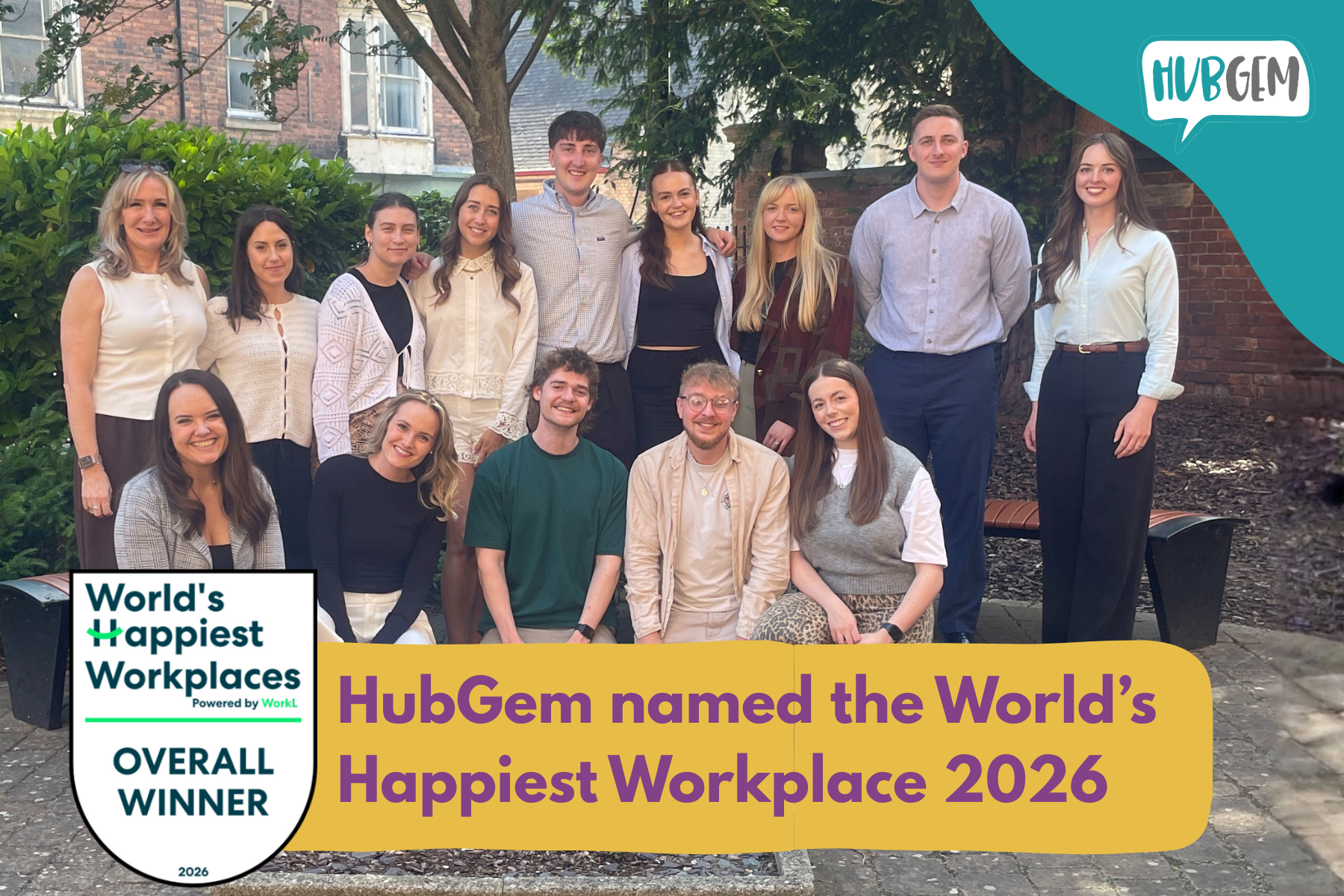For non-profit businesses it usually comes down to trying to do a lot with very little. Often with small budgets it can seem like quite the task to generate engagement, and even harder to generate donations. Luckily, in an ever-increasing digital world, your target market is likely actively engaging with content through digital platforms.
We've put together some tips that'll help you not only boost your digital engagement, but ensure you're engaging the right people, with the right content - encouraging a one-off donation from the wrong segment is good, but encouraging monthly recurring donations from the right segment is great.
Understanding your audience (with buyer personas)
Understanding your audience should always be at the heart of any marketing plan, and it's the same in this instance. To engage people, you first must understand people, this includes understanding who they are amongst demographic, psychographic, geographic and behavioural segmentation. By understanding your customers over these key areas you can then personalise your marketing to a much deeper level, and when marketing resonates with people on a more personalised basis, it tends to be more effective.
A simple way to create, segment and organise your different buyer personas is by using a CRM. HubSpot enables you to create buyer personas that are accessible by everyone in your team in a centralised area. You're able to set the roles, goals, challenges, demographic information and their story - you can then assign a persona to your real leads so your sales team are better equipped to sell.
The 3 A's of Nonprofit engagement
One of the HubSpot team, Steven Shattuck, proposed a three-step system to encourage content engagement as a Non-Profit. Shattuck's process took inspiration from the common "rule of thirds" technique, which dictates that:
- 1/3 posts should be about you or your brand
- 1/3 of posts should be about your industry, with content from an outside source
- 1/3 of your posts should be personal interactions
However, these rules prove inadequate when applied to Non-Profit organisations, to which Shattuck created the 3 A's, appreciation, advocacy, and appeals.
Appreciation
Creating high public recognition (at a low-cost) for the individuals and groups that are donating has two key benefits: it creates a better bond between the publicised donors and your brand, and it generates great exposure which will encourage more donors - donors feel great when they donate to causes they believe in, but they feel even better when most of the people they know see it shared across social media.
Publicising the donors by tagging them in your posts not only makes them feel better about themselves, it also creates a reason for them to re-share your content. The chances are that if they are a donor, they're likely to be friends/colleagues with people that either already are donors or are open to influence to become a donor.
Don't forget that appreciation isn't just limited to your donors. showing public appreciation to employees, vendors and volunteers will do nothing but good for everyone involved.
Advocacy
The second A, advocacy, is to encourage raising awareness and educating on the missions/causes that your Non-Profit is supporting (or advocating).
Advocacy is a great point, as it can give you a wide range of content ideas. Not only can you generate a lot of ideas and content around the cause you are advocating, you can find an almost endless supply of external content pushing for the same cause. Some of this external content can be used as inspiration, but it can also be interacted with on social platforms. Why interact with the content instead or repurposing and posting as your own? Because you can:
- Engage in public discussions with larger Non-Profits
- Ask questions to help you, and your followers learn
- Share stories that people may resonate with
Appeals
The final A stands for appeals. You shouldn't shy away from appeals on social media, although you also shouldn't be posting about appeals on a daily basis. Asking for donations on social media is okay as long as it is done in a proportionate amount to your other content.
When appealing online, try to be specific - ask for X and tell them it will result in Y, as opposed to just politely asking for donations. You need to show your target audience that they can make a real impact with their donations, sharing stories of donation impacts can help with this too.
Reaching out to high-visibility individuals online, or as they're more commonly known, 'influencers', can yield incredible reach and engagement. Get in touch with social media influencers that you think might be open to such promotion, and who have a target audience that you feel may resemble yours in some ways. Encouraging higher profile individuals from throughout your brand, such as board members, to share content, include your organisation in their bios and profiles, and to publicly support the brand will all help to reach your common goal of increasing engagement.
Just remember that appealing shouldn't dominate your content, it should contribute to a much smaller amount and should be used in conjunction with the other two A's in a blend that you find success with.
Storytelling is a powerful tool
You donors will want to see where their money is going and the impact it is making. Storytelling is done most effectively through use of real photos and videos of how their money is being (or will be) used. The graph below shows what content types are used most often within content strategies.

As you can see, videos are already (as of 2019) the most commonly used form of media - and this is for a reason, it works. Create videos that tell stories, show what donors money is being used on and how more donations can have a greater impact - emotive video content has proved to have higher recall levels than that of informative content. Here's an example of a great piece of content that you can take inspiration from:
Be consistent
You can do all of the above, but doing it without consistency will limit your success. Using a content planner is going to be the easiest way to dictate what goes out and when and gives a clear content strategy that your whole team is able to refer to. By mapping your content for the month ahead (or year if you're eager), and implementing all of the advice throughout this blog, you will then have a clear path to growth through engagement. Click the button below to download your free content planner.
Select a posting frequency and track what works and what doesn't. Ensure you're posting enough to get in front of you target audience, and ensure you're posting the right content. You need to find the sweet spot between great content and posting frequency - posting all the time with poor content, or posting great content on the rare occasion won't give you the returns to drive your Non-Profit organisation.
-
Want to see how we can help you grow as a Non-Profit organisation?
.png?width=150&height=101&name=HUBGEM%20Logo%20-%20smaller%20logo%20(1000%20x%20673).png)
.png)


.png)




%20-%20Funnel%20reporting%20and%20feedback%20loops.png)